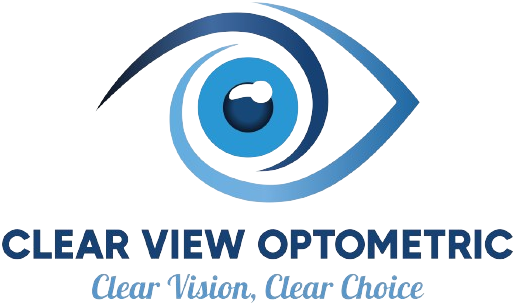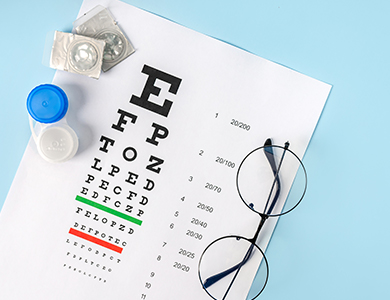495 E. Perkins St. Suite E
Ukiah, CA 95482

Your child’s vision plays a vital role in their learning, development, and overall quality of life. As they grow, their eyes are constantly changing, making regular pediatric eye care a critical part of their healthcare routine. At Clear View Optometric, we believe early detection and proactive care are the keys to supporting lifelong visual health.
Why Pediatric Eye Exams Are Essential
Many vision problems can begin in early childhood, often without any obvious signs. Undetected issues like nearsightedness, farsightedness, or astigmatism can impact your child’s ability to read, learn, and interact socially. Comprehensive eye exams allow optometrists to catch these problems early.
While basic vision screenings can detect obvious vision problems, they often miss more subtle or complex issues that require a comprehensive eye exam to diagnose. A comprehensive eye exam by an optometrist includes testing for visual acuity, eye coordination, depth perception, and overall eye health, providing a more accurate and complete picture of your child’s vision.
Common Pediatric Vision Conditions
- Myopia (nearsightedness): Increasingly common in school-aged children. If left untreated, it can worsen over time.
- Hyperopia (farsightedness): May cause difficulty with reading or close-up tasks.
- Amblyopia (lazy eye): Can lead to permanent vision loss if not treated early.
- Strabismus (crossed eyes): Often requires vision therapy, glasses, or even surgical intervention.
- Eye focusing and tracking issues: These can affect reading and academic performance, but are treatable with the right care.
What to Expect During a Pediatric Eye Exam
At Clear View Optometric, we strive to create a calm and welcoming environment to help children feel at ease during their visit. During a pediatric eye exam, we take time to review your child’s medical and family history, test their visual acuity and eye alignment, and evaluate how their eyes move and work together. We also check the overall health of the eyes and discuss any concerns or next steps, which may include glasses, myopia management, or referrals to a specialist if needed.
Key Milestones in Pediatric Eye Care
To ensure proper eye development, the American Optometric Association recommends the following eye exam schedule:
- Infants (6 to 12 months): A baby's first eye exam can help detect any early signs of eye health issues or developmental delays.
- Toddlers (at age 3): This exam checks visual acuity, eye alignment, and signs of amblyopia or strabismus.
- Before starting school (around age 5 or 6): Ensures your child is visually prepared for the classroom.
- Annually during school years: Children's vision can change rapidly. Regular exams help manage any changes in prescription or new symptoms.
Signs Your Child May Have a Vision Problem
Even if your child doesn’t complain about their eyes, there may still be signs of a vision issue:
- Squinting or tilting the head
- Frequent eye rubbing
- Difficulty concentrating
- Poor hand-eye coordination
- Holding books or screens too close
- Complaints of headaches or tired eyes
If you notice any of these symptoms, it’s important to schedule an eye exam promptly.
Schedule Your Child’s Eye Exam Today
Your child’s vision is a foundation for success in and out of the classroom. By prioritizing routine pediatric eye exams, you’re giving them the tools to thrive in their everyday activities.
Schedule your child’s next eye exam with Clear View Optometric and set them up for success at every stage of growth. Contact our office in Cloverdale or Ukiah, California, by calling (707) 207-8500 to book an appointment today.




